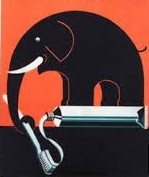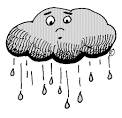 Well the weather didn’t listen to our plea. However, a bit of rain never stops science! It certainly didn’t dampen our spirits any.
Well the weather didn’t listen to our plea. However, a bit of rain never stops science! It certainly didn’t dampen our spirits any.
Due to the weather we neglected our recording in our log book so this post will just be photos of the experiments themselves. Why not ask your child to share their hypothesis and conclusions with you as you share the blog?
“We need to do it outside!” said Nathan on Wednesday and that is exactly what we did. However this added a new force into the experiment – the wind! And one of the rockets had a difference too.
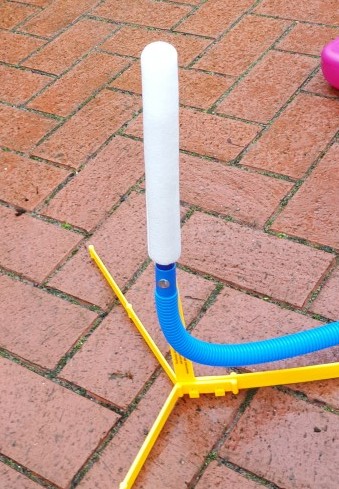
“It’s not going to fly as good.” – Kobe
Most of the rockets flew really high outside. The one without fins flew less well so Kobe was right!
But the force applied by the wind was strong too and we lost one of our rockets altogether (it seemed to disappear. We couldn’t see where it went due to the rain!) And 3 rockets were blown onto the roof!
“We need a ladder!” – Heidi
“It’s not safe for a ladder. You might fall off and have to go to hospital!” – Evie
We decided to leave them for now.
So the rockets flew higher outside when there was no roof to bounce off. But the wind’s force affected the flight and the landing.
The learning wasn’t restricted to the science though. We were reinforcing sequence and order of number as we counted down to blast off. We developed our negotiation skills and used mathematical language of sequence and order when discussing who’s turn it would be,
“Can I go first?” – Evie
“Can I be second then?” – Bramble
“I’ll be third!” -Elise
“I’ll be next, I’ll be after Elise.” -Jude
We had to listen for information when we discussed the safety procedure (ensuring we were “clear for take off”). We followed instructions to go to the allocated area of the playground and stay safe inside the playground even when the rockets kept getting blown out on to the street despite the temptation to go and fetch them back. That’s not to mention the abundance of comparative size language – “higher, lower, more force, less force,” even “greater force”and as Jude said….
“I think that was a lesser force Ailie”
Ooooft it was a lot of work and not just physically!
But our next steps?
“Let’s make our own rockets to fly! We could make a new force!”
-Gracie
Hmmm a wee visit to Pinterest over the weekend may be in order.
Have a great midterm break. Our science will start again on Friday (hopefully all dried out by then 
Thank you for your lovely comments. We love hearing about how you and your children are sharing learning at home. If you have any suggestions for experiments and / or improvements to the blog please get in touch.
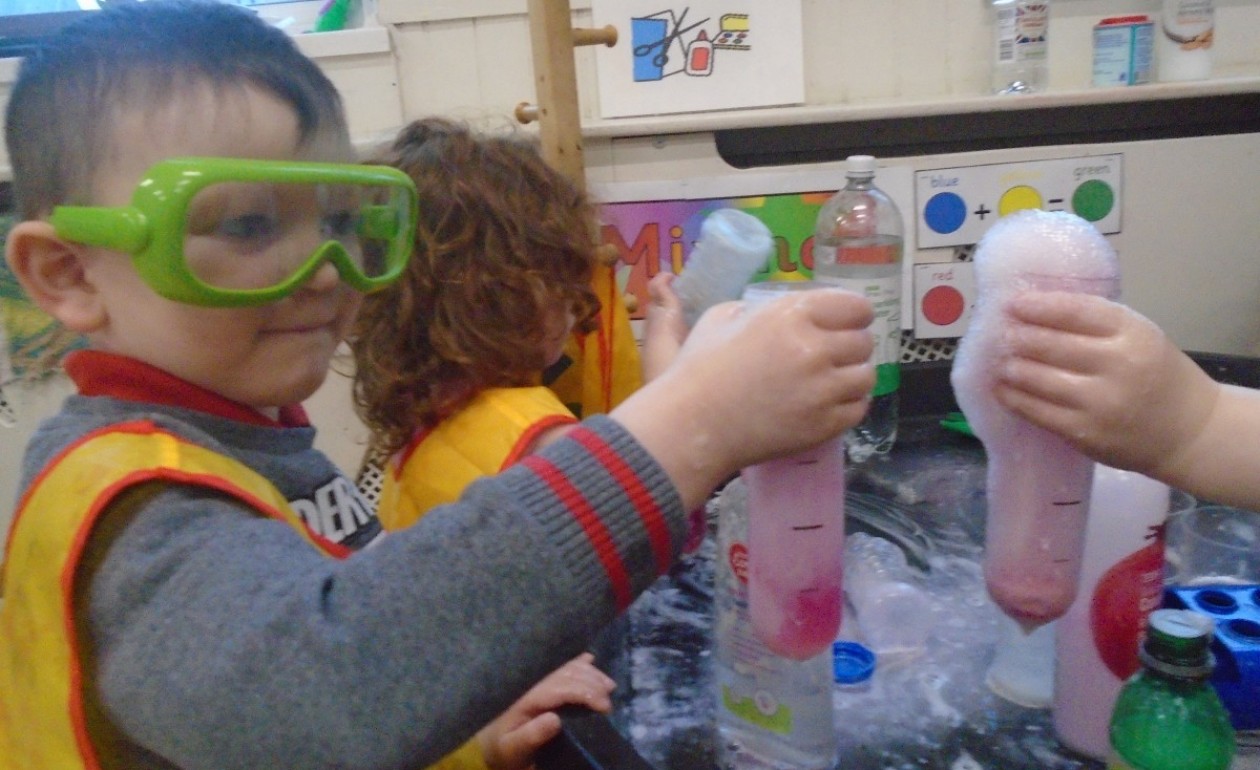

















































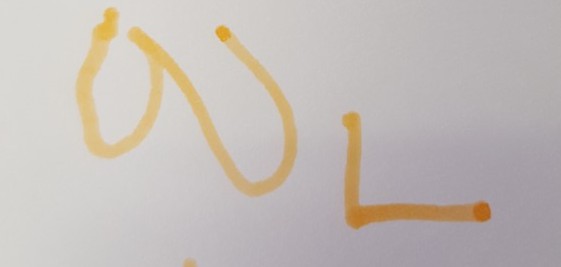
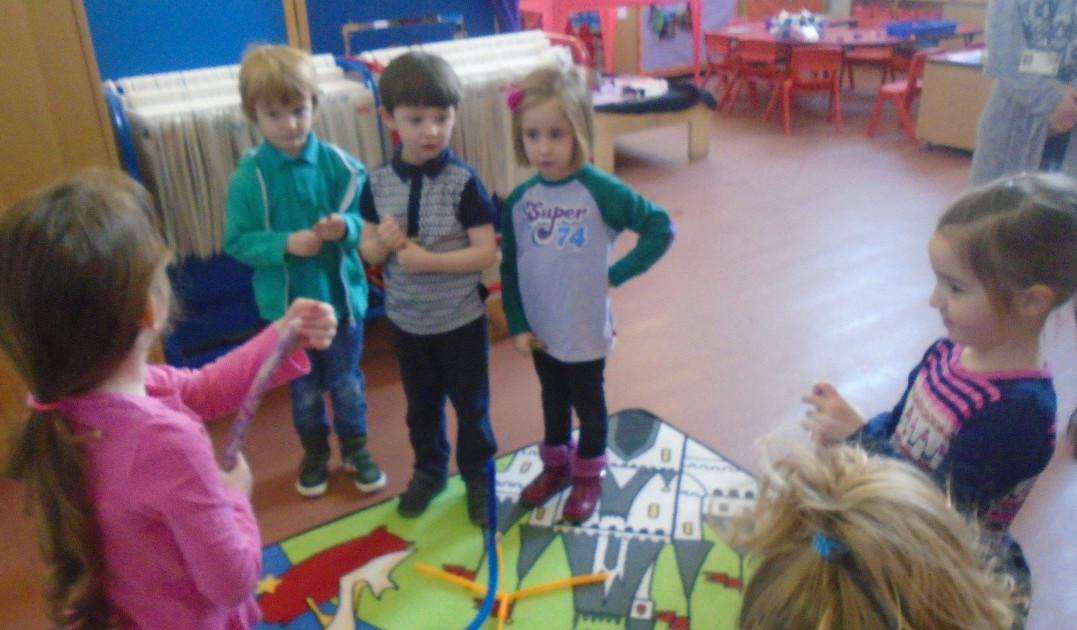


























































































!["They will go red"[the liquids] "Carbonated water first, vinegar last"](https://glow-prod-in.s3.eu-west-1.amazonaws.com/in/public/kellystscientists/uploads/sites/4816/2016/01/DSC04649-e1454081233148-197x300.jpg?X-Amz-Content-Sha256=UNSIGNED-PAYLOAD&X-Amz-Security-Token=IQoJb3JpZ2luX2VjEJb%2F%2F%2F%2F%2F%2F%2F%2F%2F%2FwEaCWV1LXdlc3QtMSJHMEUCIQDQxVQZzKTOdYW2PR8dUT0KJgqvMQGMHJEMRAUtWAx0jwIgWTlS3sVejiA3skPeJrMAo1ZKiOyOCHCqMWEGcA6ZS%2BkquAUILxAFGgwyNzM1NzAxOTU0MzMiDCirqaO3ZHr6wDRFEiqVBQe9y%2B7YyVhRGJ4bL%2Bia9LKCg7Qwo1T6kgvzCHFFlpocOhMxbJA7wd4J0XEJ%2Fr8ktj9gqCmt%2BMsN%2BhtAhv5iYy4hIUojDwRGBmEeaSPMLEceKuaudDyCZnBkksEhVp0atJaE7WXF2uyzK0PWYBCc1ZrYfPNeLHUkDYrLMzbSLNm2uSZ8%2BmOGVn1er%2Fze2TyDthFY614YeFg%2Frv6sYJ735SMl%2BuZjJIXtxKbpUNpXwasxz9SrJryFC5uJS4sWwa9R7YdtvmfQy%2FOpc7rcHmdJfXGB1EgKi5%2BXHn61KESnAic8u%2BXxojX5QNDzQxwfxF1GQ7FY3DOcjbbZhJdyUn971sYklDUu1Y8qR0Y5%2BIE3Nza6yRMh67gyNiV6KyEGV7hW2vPmVrTZJgNPXQIk7uJ9S0xZNIeevNtXrJdhE9trFjnrE9bVOPz3BWusTz7VEL4EMTOt3cxUzoS7t%2FNXFFWGkPSJ05gjeDqwM4DahDN1cMwGXIaB2el9HM8VnkjpPJuGxN0sfFzuKfOE4XF708xSQkgKT0hhhRAhL%2FBtR5RHuh1vD9xus6H9OuGa2Kekha1Mkh4yWkHK8h6S2TS3wCRu7RvJCEm0GP0LtNdi7YTLDU6jdYZzEPxnSOeNZWa6qqGrvJfXmYwjZgvPB2hGT4d21HPFZEw5bWhU9LBRU2xyPV3%2BliBRLathRMTG%2BBqkV%2FMDZmqaempgltgnxLFa38cldc4BPFApE81IThIFTYHRkzT1Q5AgkeAtzJtKF3MLi%2BoVpblKE0SDD9Svhipxow8qI8wohUvUpPNHRfTxmTrLcxKwc66Oea8ha1Sqf2GKMLw8CrBcikPA96aAIkzYG5kN%2Fy3lYSzCN%2FyeFRFCdwMlEOkW1%2Bnlcu4wtZquwAY6sQGx%2BBsjAcYAXSoQvLvgY4iP1G1aoFGTl6dlCho4WyQWCVfpGgzC8cA9OFervnEFkBDdaBygbHnljsEnl2gwAISTRpFdH528caODkGcq%2FxUWE5zE3pdjebso7TDxXQ7VECnnucAdU7%2FP5lpWl98FF8HCaEkTXgcaJHD3AjVAMZ%2BM6YLhDgOUQS1ZOWIEgez0ZQg8QHIUi78ktCqM5VLBS7EYLc%2BRp6KhbOMgZpIPzjnRbHg%3D&X-Amz-Algorithm=AWS4-HMAC-SHA256&X-Amz-Credential=ASIAT7MQN47UTM52VARO%2F20250425%2Feu-west-1%2Fs3%2Faws4_request&X-Amz-Date=20250425T135719Z&X-Amz-SignedHeaders=host&X-Amz-Expires=900&X-Amz-Signature=8c407929b7ef3d0ebd3e74dcf0ba9bab8d0657d88bc4023d3fcc246218bfe080)


































